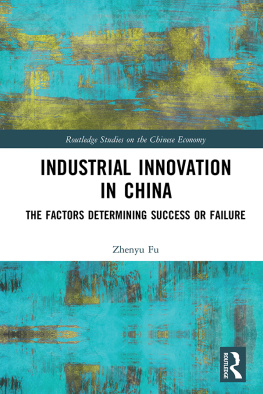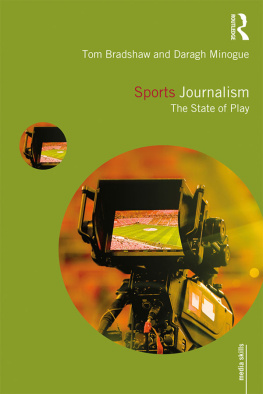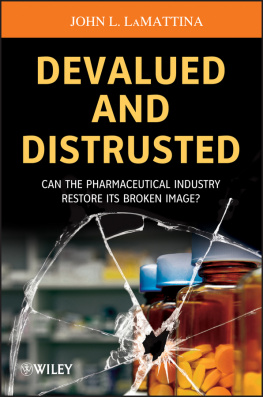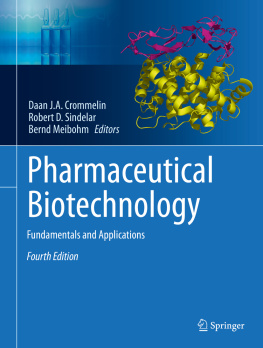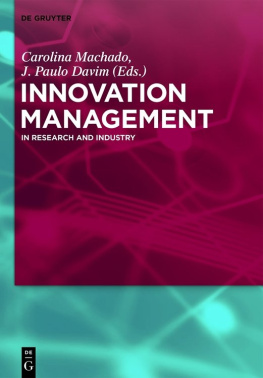Appendix: On Methodology and Data Collection and Analysis
Methodological framework
Epistemological concerns
The overarching epistemological perspective enacted in the study is what may be referred to as a constructionist perspective and, more specifically, what Karen Barad, in a number of publications, calls agential realism. For Barad (2003), there is no metaphysical, external reality which scientists and others investigate through the use of various tools and technologies. Drawing on the scientific thinking and philosophical reasoning of the Danish physician Niels Bohr, Barad suggests that matter is what is constituted through the scientific apparatus used, based on what Barad calls intra-action, the active engagement with bridging technology, theory and entities examined: [M]atter is instances in its intra-active becomings not a thing, but a doing, a congealing of agency... matter refers to the materiality/materialization of phenomena, not to an inherent fixed property of abstract independently existing objects of Newtonian physics (ibid.: 822, emphasis in original). In other words, matter, reality, Barad (ibid.: 817) says, does not exists per se, is not composed of either things-in-themselves, or things-behind-phenomena, but rather as things-in-phenomena. What Barad suggests is an idea addressed by Roth (2009), that one must not speak of reality as some kind of independent factor but rather think of reality as what is produced in the intra-action engaging scientific apparatuses and other tools or techniques. Matter is thus produced and reality is the totality of such intra-actively enacted specimens of the real; apparatuses have a physical presence or an ontological there-ness as phenomena in the process of becoming; there is not fixed metaphysical outside, Barad (1998: 168) contends. Furthermore, in the agential realist epistemology, agency is [a] matter of intra-acting; it is an enactment, not someone or something has. Agency is thus expressed in post-humanist terms, not attributable to subjects or objects but is a doing/being in its intra-activity (Barad, 2003: 8278).
While a close reading of Barads (1998, 2003) epistemology suggests a post-humanist stance (see also Schatzki, 2002) where agency is not located in human actors but is emerging in the intra-activity of apparatuses and other resources, what is appealing in this view is the idea that matter, reality, what is commonly treated as an unproblematic external material substrata, is here intimately bound up with the technoscientific apparatus enrolled in the work. Such apparatus is capable of producing what Bohr called phenomena, but to assume that such phenomena exist as brute facts outside the technoscientific apparatus is to make an epistemological leap that is not justified by inferences from data. In Barads view, intra-action, agency, apparatus and matter are produced simultaneously and it is not possible to isolate the one process from the other. Using this epistemological framework in practical research, it may be suggested that tools or scientific models do not mimic or map reality as much as they produce images that we tend to take as legitimate instances of reality. In Johnsons (2008) study of a simulation tool for the female urology system used in gynaecology training and education, the simulation tool was, in the first place, an embodiment of what was regarded as good clinical gynaecology practice rather than being an adequate model of the female body:
[T]he simulator mimics practice not anatomy, and simulates participation with the body. It simulates specific practices carried out through time, both ontologically pre-existing bodies independent of experience, because the urological body being simulated is that of the intra-action between the patients urological system (and all the technological, cultural and economic structures that contribute to its very situated practices... ) and the medical practices of the surgery. (Ibid.: 111)
In other words, what we tend to think of as matter or reality is not as much based on our capacity to inspect what is external or isolated from the technoscientific apparatus as it is bound up with the use of a series of technologies, techniques and tools that we have enacted as legitimate sources of truth claims (Kruse, 2006). In addition, agental realism, emphasizing the mutual constitution of the real through combining agency, apparatuses and so forth, does not only apply to advanced technoscientific research in the front line of what is known to humans. More theoretical models may end up being what Georges Canguilhem called in the truth (dans le vrai); The truth of an idea is not a stagnant property inherent in it. Truth happens to an idea, William James claimed (1975: 97, emphasis in original). This was, by and large, the case for the BlackScholesMerton option pricing model examined by MacKenzie and Millo (2003). The Black and Scholes option pricing model is, for many proponents of neo-classical economc theory, the jewel in the crown of this discipline, in many ways accruing status to all the fields of economics, at least those of microeconomic and macroeconomic theory and econometrics (Fourcade, 2006). However, the pricing model, today widely used by option traders in all the worlds financial markets, did not initially predict option prices very accurately: BlackScholes, and Mertons work was... theoretical rather than empirical. In 1972, Black and Scholes tested their formula against prices in the pre-CBOE [Chicago Board Options Exchange] ad hoc option market and found only approximate agreement (MacKenzie and Millo, 2003: 121). Only after a number of significant changes in the policy and the practice of options trading did the actual prices start to converge towards the predicted theoretical prices:
[The] empirical success was not due to the model describing a preexisting reality; as noted, the initial fit between reality and model was fairly poor. Instead, two interrelated processes took place. First, the market gradually altered so that many of the models assumptions, widely unrealistic when published in 1973, became more accurate. (Ibid.: 122)
One may, thus, say that the territory was remodelled to suit the map, or that truth did, in fact, adapt to the idea of an option pricing model as traders started to use the model in their work, regardless of its accuracy. Using Barads (1998, 2003) agential realism, one may suggest that there were no true option prices prior to the use of the Black and Scholes model, but that such prices now in truth, supported by the institution of prestigious economic theory and two leading economists were produced as an effect of the use of the model. The intra-activity of traders, policy-makers, the Black and Scholes model itself (in the form of a not-too-complex formulae and eventually software programs) and historical option prices grually stabilized a domain of economic reality, that of derivate trading and options, previously nonexistent at least in the same terms as in the early 1980s and onwards.
Using the agential realist epistemology in the field of the life sciences and the bioeconomy suggests that it is the aggregate of technoscientific procedures, theories, practices and agency that is capable of producing effects that are, after close scrutiny and negaotiations in epistemic cultures, in the communities of scientists and researchers, taken for real. Matter, either in the form of genes, SNPs, cell lines, or in the form of higher-level biological systems (e.g., the OncoMouse), is inextricably entangled with the resources used in exploring such things-in-phenomena. Matter is, thus, what is produced rather explored in technoscientific work. This does not suggest that the biological systems explored in the life sciences operate on basis of relativist epistemologies; as suggested by Barad (1998, 2003); we are here dealing with a agential realism, albeit a production of reality in a non-foundationalist ontology. The real is not in-themselves, nor behind phenomena, but is exactly produced in the very act of using the various technoscientific resources at hand.


